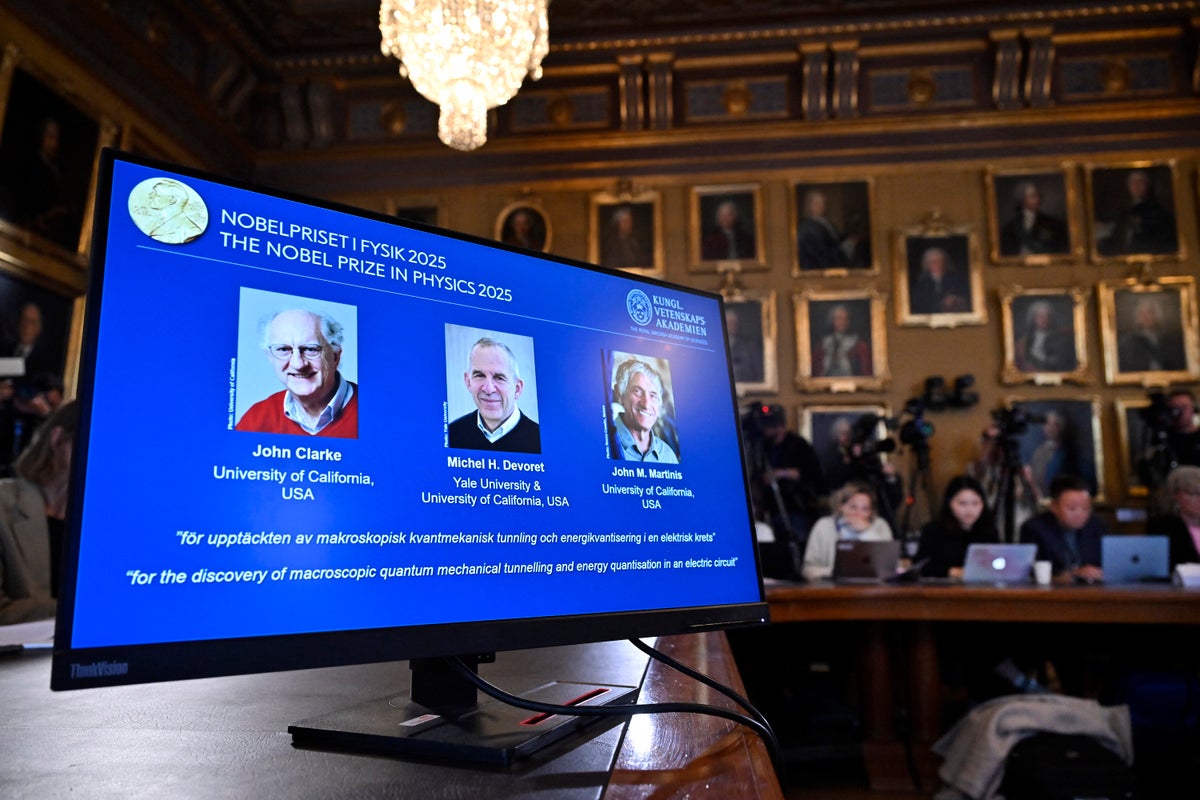
"The 2025 Nobel Prize in Physics went to John Clarke, Michel Devoret and John Martinis for research done 40 years ago at the University of California, Berkeley. There, the trio tinkered with ultracold electronics to show that unruly quantum effects could be made macroscopic and controlled. Quantum mechanics, it's often said, only describes the strange behavior of very small things. Electrons do not orbit an atom's nucleus in well-defined loops; rather, they exist as a hazy cloud of probability."
"Clarke, Devoret and Martinis showed that a circuit visible to the unaided eye could do the classically impossible: not one but some 100 quadrillion electrons could collectively tunnel in its confines. It's a redefinition of what we mean by quantum physics, says Alexandre Blais, a quantum physicist at the University of Sherbrooke in Quebec. If you put yourself in the right conditions, quantum effects will emerge."
John Clarke, Michel Devoret and John Martinis received the 2025 Nobel Prize in Physics for experiments at the University of California, Berkeley that used ultracold electronics to make quantum effects macroscopic and controllable. Their circuits enabled some 100 quadrillion electrons to tunnel collectively, demonstrating that quantum phenomena can emerge at visible scales when conditions are right. The finding redefines quantum physics as applicable beyond microscopic systems and established a foundation for quantum electrical engineering. The work opened pathways to practical applications and has inspired subsequent research using engineered circuits to harness, manipulate and deploy quantum behavior for technology.
Read at www.scientificamerican.com
Unable to calculate read time
Collection
[
|
...
]